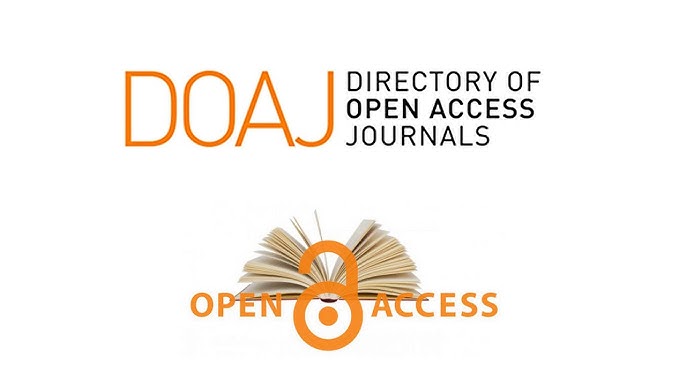The Philosophy of Integration in the Application of International Human Rights Law during Armed Conflicts
Abstract
The research aims to shed light on the nature of integration within the framework of international human rights law and international humanitarian law and to identify its most important justifications and forms. The significance of the research lies in the statement of the key topics that have become the common ground and represent the focus of attention of both laws, as well as the extent to which integration is possible between them and highlighting the role of the United Nations agencies in achieving this integration. The research included two main sections: the first one is the definition of integration in the field of international law and the second section is about the types of integration: substantive and personal integration and functional integration. The research came out with several results, the most prominent of which is that the ideal and the ultimate goal sought by both international human rights law and international humanitarian law is to protect the human being and then subject to dual protection, and that the view that each of the two laws is separate from the other and completely independent in terms of the protection it provides began to fade because there is a real complementary relationship and harmony between their rules in the application, especially after the issuance of the Fourth Geneva Convention of 1949, which included the protection of civilians during armed conflicts.



